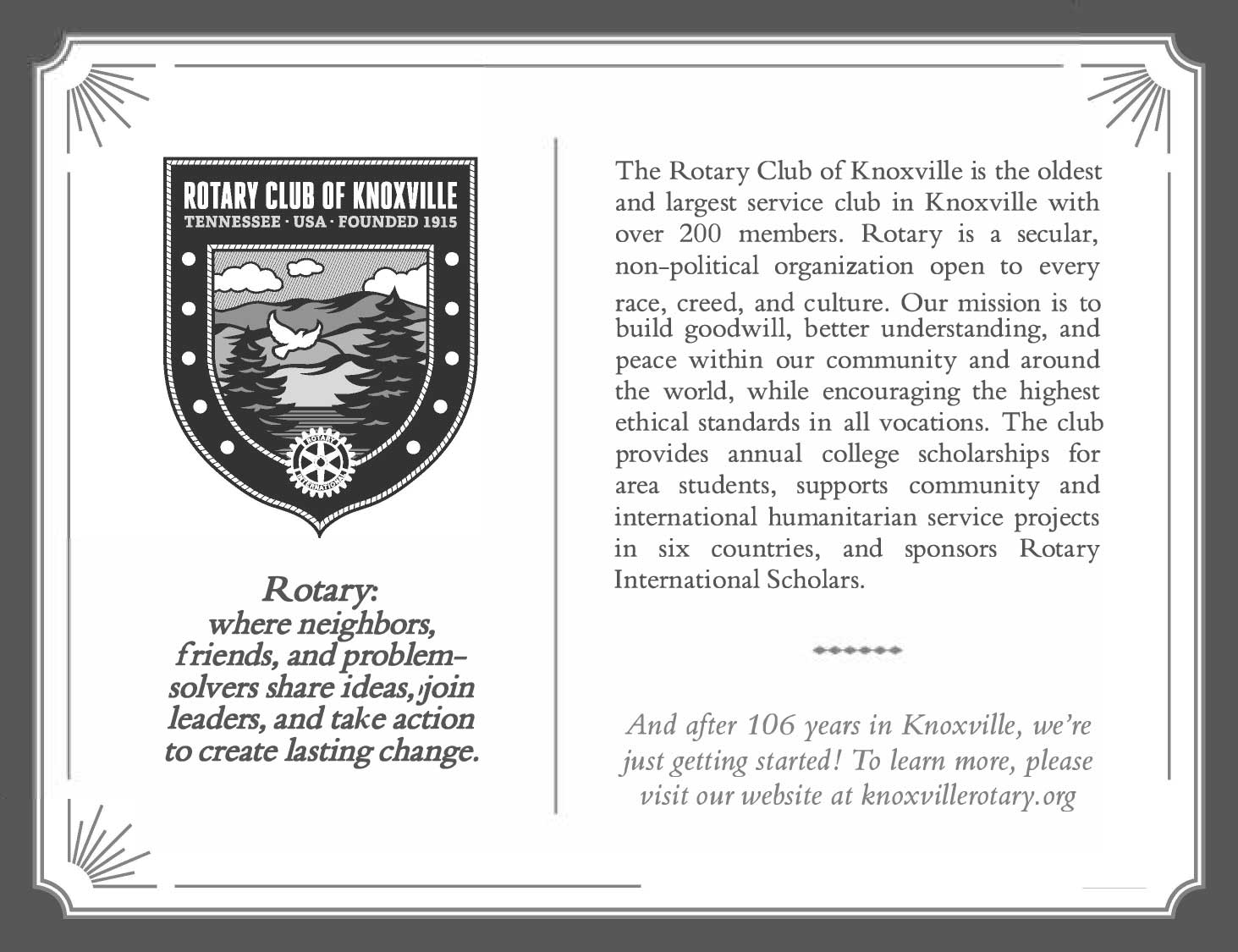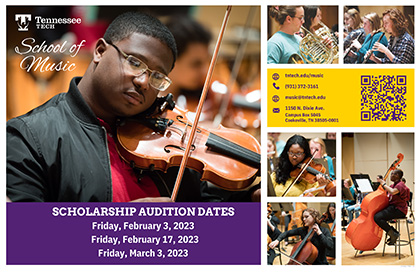Wolfgang Amadeus Mozart was born in Salzburg, Austria, on January 27, 1756, and died in Vienna, Austria, on December 5, 1791. The first performance of the “Haffner” Symphony took place at the Burgtheater in Vienna on March 23, 1783, with the composer conducting. The “Haffner” Symphony is scored for two flutes, two oboes, two clarinets, two bassoons, two horns, two trumpets, timpani, and strings. Approximate performance time is eighteen minutes.
In mid-July, 1782, Wolfgang Amadeus Mozart, then living in Vienna, received a letter from his father Leopold in Salzburg. Mozart’s friend Siegmund Haffner, the younger, had recently been accorded noble rank. In 1776, Mozart had composed his “Haffner” Serenade, K. 250, for the festivities attending the marriage of Siegmund’s sister Elisabeth. Now, the Haffner family wanted Mozart to provide another work for the celebration of Siegmund’s ennoblement. The Haffners approached Leopold Mozart to inform Wolfgang of this request.
The timing of the Haffners’ proposal could not have come at a less opportune time. The premiere of Mozart’s opera The Abduction from the Seraglio had taken place on July 16. Mozart was at work on an arrangement for wind ensemble of the opera’s music. Further, Mozart was in the midst of preparations for his marriage to Constanze Weber, which occurred on August 4. Nevertheless, by August 7, Mozart had forwarded all the movements of the new orchestral work to Leopold.
Later that year, Mozart wrote to his father: “If you find an opportunity, you might have the goodness to send me the new symphony that I composed for Haffner at your request. Please make sure that I have it before Lent, because I would very much like to perform it at my concert.” When Mozart finally received the work, which he had composed in the span of approximately two weeks, he told his father: “My new Haffner symphony has positively amazed me, for I had forgotten every single note of it. It must surely have produced a good effect.”
Upon receipt of the score, Mozart converted the orchestral work into a standard four-movement symphony by removing the march and one of the minuets. Mozart also added flutes and clarinets to the instrumentation of the outer movements.
The premiere of the “Haffner” Symphony took place on March 23, 1783, at a concert at the Vienna Burgtheater sponsored by Mozart, who appeared both as conductor and piano soloist. The concert opened with the first three movements of the “Haffner” Symphony. After the performance of several other instrumental and vocal works, the Symphony’s finale served to conclude the program, which, according to one reviewer, inspired “unanimous applause as has never been heard of here.”
Mozart informed Leopold that the “Haffner” Symphony’s first movement (Allegro con spirito) must be played “with great fire.” It opens with the bold principal theme that predominates throughout. Striking dynamic and harmonic contrasts, as well as brilliant thematic manipulation, enrich the drama. The lyrical second movement (Andante) features two principal themes. A brief interlude leads to their varied reprise and the graceful conclusion. The third movement (Menuetto) juxtaposes the assertive principal Minuet with a hushed Trio episode that spotlights the winds. The Presto finale (Mozart told Leopold it should be played “as fast as possible”) opens with the strings’ furtive presentation of a theme that soon bursts forth with unrestrained vigor. The first violins introduce the more subdued second theme, which, along with its predecessor, return throughout the movement. A concluding statement of the opening theme, and an orchestral fanfare, bring Mozart’s “Haffner” Symphony to a rousing close.
program notes by Ken Meltzer






